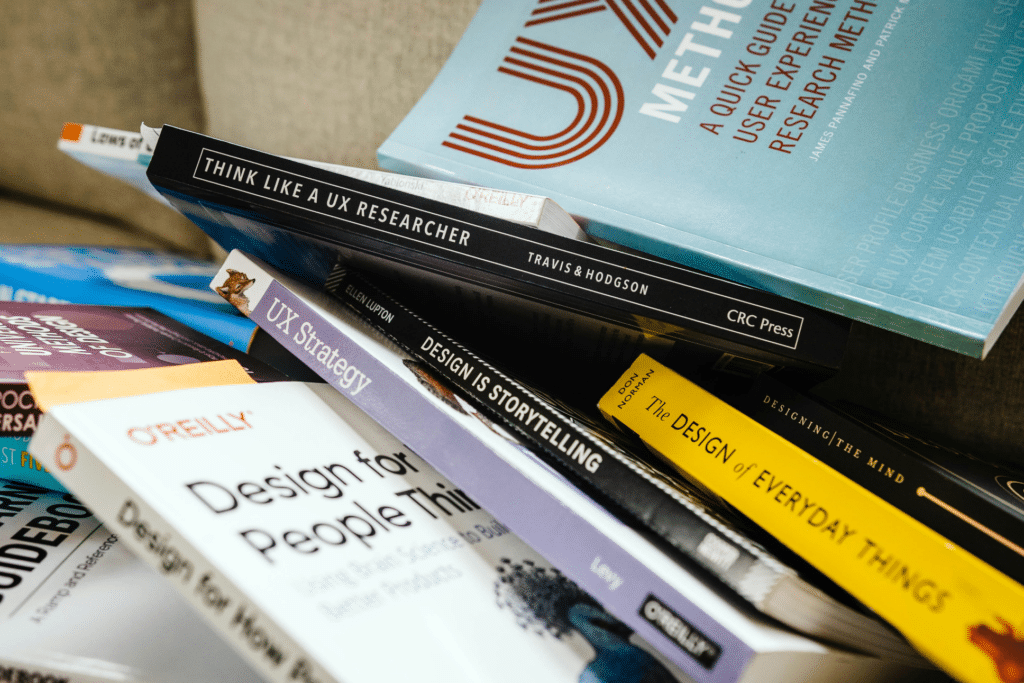By: Jessica Thompson
Our interactions with technology continue to evolve, and the trend is set to continue. User experience (UX) design is shaping the digital landscape as we know it. As technology evolves and integrates deeper into our lives, UX design becomes a crucial element in creating intuitive and user-friendly interfaces.
The future of UX design hinges on how well it adapts to rapid technological advancements such as artificial intelligence, augmented reality, and voice interfaces. These innovations push designers to think beyond traditional boundaries and offer more personalized and immersive user experiences. Software engineer, Jacob Murphy Australia, explores how, in this fast-moving environment, staying ahead means understanding what users want today while anticipating what they’ll need tomorrow.
The Future of UX Design
Technology in UX Design is constantly reshaping how we interact with digital environments. One of the intriguing advancements is incorporating Artificial Intelligence (AI) into UX design methodologies. From crafting personalized user journeys to revolutionizing user testing, AI has begun to pave the way for more intuitive and engaging user experiences.
Machine learning algorithms can analyze behavior patterns to provide more personalized user experiences. By identifying trends in user interactions, these systems can offer content or features that align with individual preferences, contributing to a more tailored and relevant experience for each user.
User testing can be time-consuming and costly, especially when done manually, but automated user testing using AI can simulate user interactions. It can test thousands of scenarios in the blink of an eye, identifying flaws and areas for improvement.
AI technologies can analyze vast amounts of user feedback, highlighting trends and common issues. Think of it as having a superpowered magnifying glass that spots even the tiniest details. This enables designers to refine and polish user interfaces, ensuring a sleeker, more streamlined experience.
“AI tools can help anticipate user responses to new designs before they’re launched, providing insights that allow designers to make more informed decisions.” says Jacob Murphy. “This reduces the guesswork and risks associated with launching new features or designs, saving time and resources.”
The Rise of Voice User Interfaces (VUIs)
With technology advancing at lightning speed, Voice User Interfaces (VUIs) are the next significant innovation. They are changing how we interact with our devices, transforming them from mere tools into conversational partners. VUIs save time and make technology more accessible to everyone.
Creating a voice user interface that feels natural and engaging is no simple task. The challenge lies in making these experiences fluid and intuitive, much like the way we chat with friends. We must consider factors such as tone, language, and context to make interactions feel human. To design impactful voice interactions, you must first understand your audience.
Simplicity is key in VUIs. However, simplicity doesn’t mean dullness. In a conversation, feedback is crucial. Whether it’s a confirmation that an action was completed or a gentle nudge to clarify a request, feedback helps users feel reassured and understood. No conversation is perfect. Design your VUI to gracefully handle misunderstandings or mistakes.
As Voice User Interfaces (VUIs) become more prevalent, ensuring they are accessible and inclusive is vital. Everyone, regardless of their background or abilities, should have the opportunity to interact with technology. Ultimately, the goal is to make VUIs a tool that everyone can use with ease, helping bridge the digital divide and foster a more connected community.
The Impact of Augmented Reality (AR) and Virtual Reality (VR)
As technology continues to advance at lightning speed, augmented reality (AR) and virtual reality (VR) are becoming vital parts of user experience (UX) design.
Notes Jacob Murphy, “These two technologies are not only changing how we interact with the digital world but are also reshaping our expectations in daily life.”
AR and VR keep users engaged longer by transforming static content into dynamic experiences. For example, a VR game puts you right in the middle of the action, while an AR app can overlay directions directly onto the street in front of you.
By creating a sense of presence, augmented reality and virtual reality tools foster stronger emotional connections. AR and VR allow for experiences tailored to individual preferences, making them more relevant and enjoyable.
Designing for AR and VR is not without its hurdles. These platforms present unique challenges that require innovative solutions and a fresh perspective from designers. Unlike traditional screens, AR and VR interfaces must consider 3D spaces and real-world interaction. Designers need to ensure elements are intuitive and accessible, which is a drastic shift from 2D layouts.
VR, in particular, can cause discomfort if not designed correctly. Motion sickness remains a significant barrier, requiring careful design to minimize rapid movements or disorienting visuals. Not all users have access to high-end AR/VR equipment. Designers must balance creating rich experiences while considering the capabilities of various devices.
These challenges force UX designers to think outside the box, pushing the boundaries of creativity and usability. While the journey may be complex, the rewards—a more engaging, intuitive digital experience—are worth the effort.

Photo: Unsplash.com
Sustainable UX Design Practices
With users becoming more conscious of their digital footprint, designers must step up to create experiences that not only meet the needs of today but also respect the world of tomorrow. Creating products with longevity in mind is like planning for a future where today’s tools continue to serve us tomorrow.
Classic design elements are less likely to become outdated, reducing the need for constant updates or replacements. Using high-quality materials ensures that products are built to last.A thoughtfully designed product can help conserve resources and maintain user interest over extended periods.
Products that can evolve with user needs without requiring complete overhauls promote sustainability. By nurturing these principles, designers can create products that resist the fleeting trends and focus more on lasting value.
When we think about waste, it’s easy to picture overflowing trash bins. But digital products can also contribute to waste. Inefficient coding, unnecessary features, and excessive data storage all lead to increased energy consumption and resource use. Mindful design choices such as streamlined coding, minimalist features, optimized data use, and energy efficiency help reduce digital waste and create more effective, enjoyable experiences for users.
“It’s about thinking smarter, not harder, and recognizing that sustainable design can lead to positive outcomes for both users and the environment,” says Murphy.
As we peer into the future of UX design, the importance of adaptability becomes paramount. Technological innovations present new opportunities, requiring designers to be both visionary and pragmatic in their approach. Innovation must be thoughtful and responsible. Designers bear the responsibility of ensuring that new technologies offer value without sacrificing user privacy or accessibility.
Published By: Aize Perez



